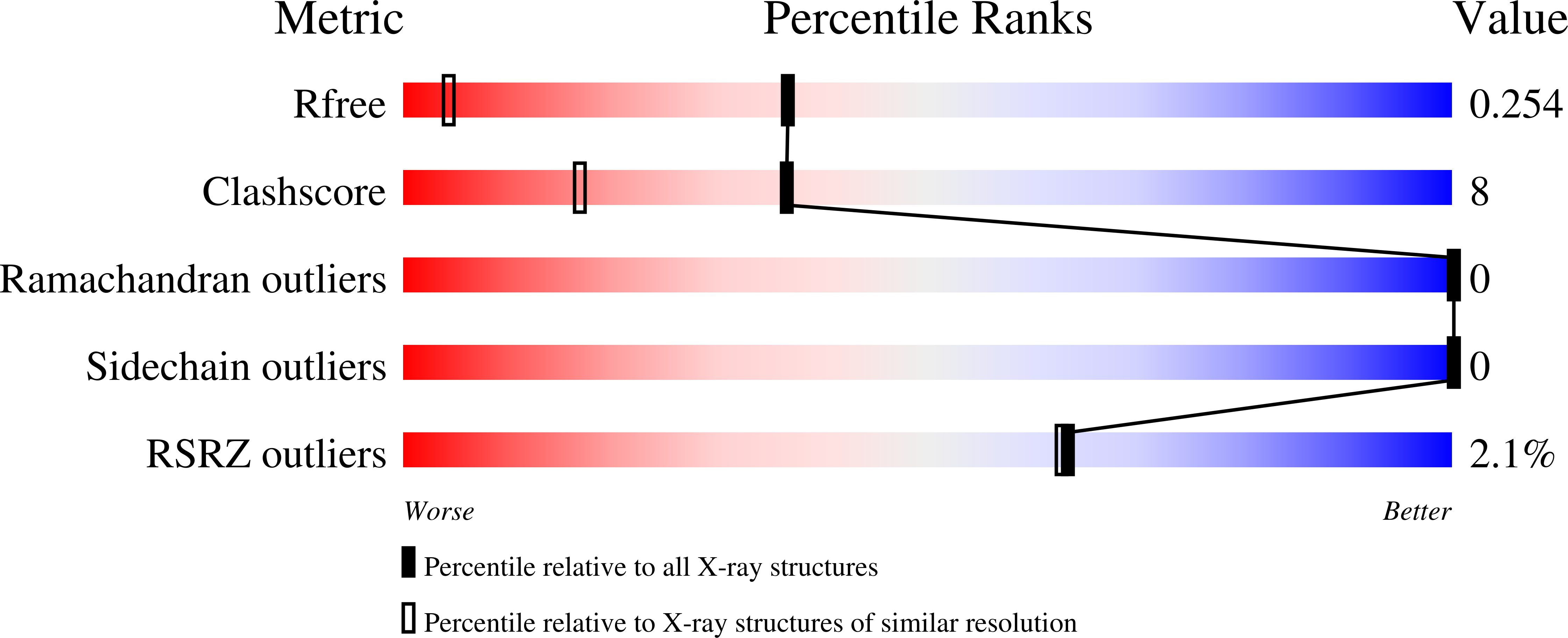
Deposition Date
2023-05-28
Release Date
2024-01-24
Last Version Date
2024-10-23
Method Details:
Experimental Method:
Resolution:
1.40 Å
R-Value Free:
0.25
R-Value Work:
0.20
R-Value Observed:
0.20
Space Group:
P 1 21 1


